Cacti are some of the most popular house plants in the world. They are low-maintenance, easy to care for, and can live for up to 25 years! Many people know that cacti are desert plants that thrive on little water because they store it in their stems.
But what you might not know is whether or not cactis go dormant during the winter months? We’ll explore this question and provide tips on how to keep your cactus healthy through the winter months.
Do Cacti Go Dormant?
Yes, most cacti go dormant during the winter months when the temperature drops. This is called dormancy and it’s important that you don’t disturb your plant during this time!
If not properly taken care of, they can die once they’ve gone dormant for too long. The best thing to do with your cactus during the winter months is to just leave it alone.
In fact, it is shown that letting your cacti enjoy cold weather will promote flowering in the following growing season.
What Do Dormant Cacti Need?
During the winter months in most climates, your dormant cacti should go without water for around four to six weeks. You can tell if your cacti are ready to be watered again when their color returns and new growths begin sprouting up out of the soil.
Keep the cacti in a cool spot that doesn’t experience heating. This is the only way to allow your cacti to go into dormant mode. It’s advisable to keep dormant cacti in temperatures of roughly 50 degrees Fahrenheit. The area should also be dry and not very humid.
Sunny conditions can be really harsh on plants, so it’s important that you slowly and carefully introduce your cacti back into the sun when the dormancy period is over. If you’re not careful, the sun will burn your delicate cacti!
I like to place my dormant cacti on a windowsill in February/March, as this allows the plant to receive more sunlight and warmth, but doesn’t let them burn under direct sunlight.
Will Cacti Go Dormant in Warm Temperatures?
When kept inside in warm temperatures, the cacti won’t know that it’s winter, so will continue growing throughout the whole year.
This is why many bring their cactus indoors for the winter months when they don’t want their cacti to go dormant (although I don’t do this) where they will be kept at a comfortable room temperature.
That being said, always make sure that there is enough light and ventilation in the area of placement because not enough air circulation could lead to disease growth on your plant.
Cacti Dormancy FAQ
You may have a few questions on cacti dormancy, so I’ll now answer some of the most frequently asked questions.
Will cacti go dormant if they are kept indoors?
No, cactus plants will continue growing year-round in most conditions. Cacti only “go dormant” when the temperature drops below freezing. If you want to keep your plant alive during dormancy (winter), place it somewhere where it will get sunlight and make sure there is enough air circulation around it.
Can I overwater my dormant cactus?
Yes! Overwatering is often the number one cause of death for a houseplant. Dormant or not – just because your plant isn’t growing doesn’t mean that you should neglect water completely. Keep soil moist but don’t overdo it with too much H20 – this can lead to root rot and other issues.
What time of year do I water my cactus?
Cacti should be watered in the spring and summer when they are growing actively. If you’re not sure, it’s best to err on the side of caution and wait until your plant starts showing signs that it needs some H20 (new growths or changing color). Just don’t go more than a month without watering – even dormant plants need moisture!
How do I know if my cactus is dormant?
Most cacti will stop growing new leaves and look really dry. If you see this, your plant is most likely hibernating – just leave it alone until spring!
Is my cactus dormant or dead?
If your cactus isn’t showing any signs of life, it’s possible that the plant has died. Obvious signs that your cactus is dead are when spikes fall off or the plant topples over.
However, before you make this decision – check for rot or mold on the roots and in the soil. If there are no visible signs of decay – repotting is usually a good idea to see if your plant will start growing again!
Conclusion
In conclusion, yes, cacti go dormant during the winter months. It is important to keep your plant in a sunny location with enough space for ventilation and air circulation while it’s sleeping or you could risk having diseases develop on your plant.
During this time, you should water your plant sparingly (every two to six weeks) and make sure that the soil is more dry than moist. After this dormant state, you can start watering more regularly until spring when it will come out of its dormant state.
I hope you found this blog post beneficial. Thank you for reading and if there is anything else I can help with, please let me know in the comments below!
Tim is an avid gardener from the UK. He was the founder of PlantCarer.com from 2021 to Sep 2023. He sold PlantCarer.com to Aaron. He has since started his own business called Seed To Supper, which provides new gardeners all the materials you need in a box (pots, seeds, compost and instructions) to grow your own delicious and nutritious vegetables and herbs from start to finish – no garden required.



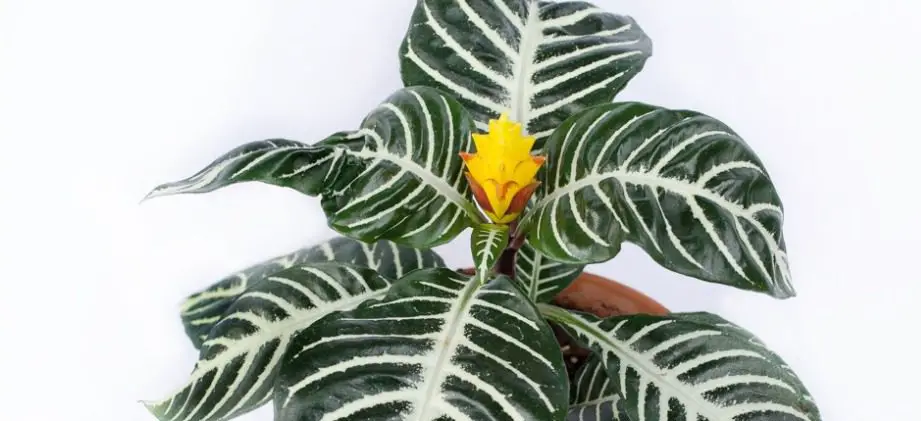
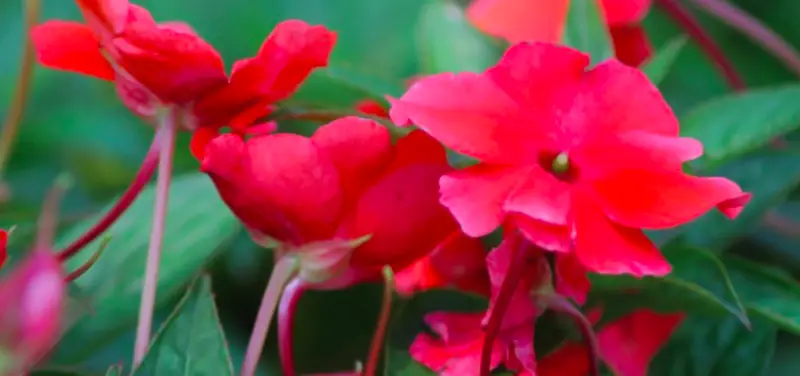
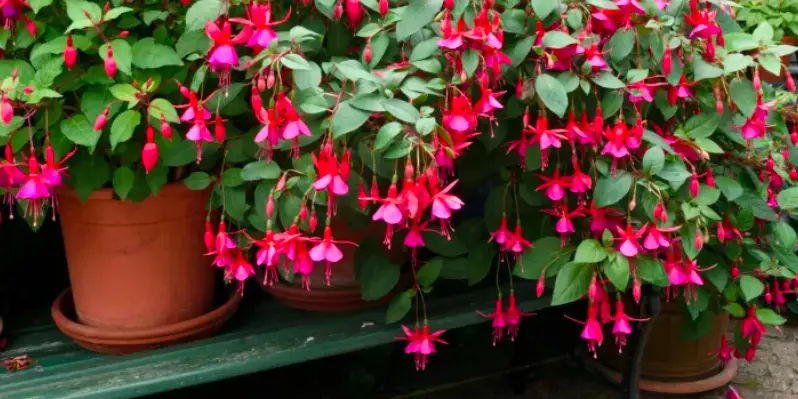

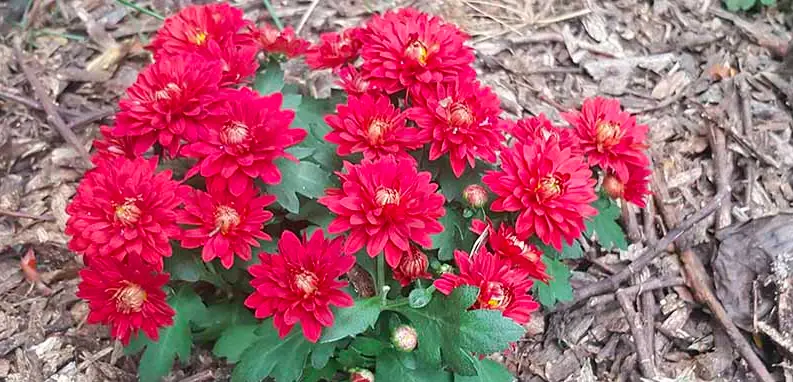
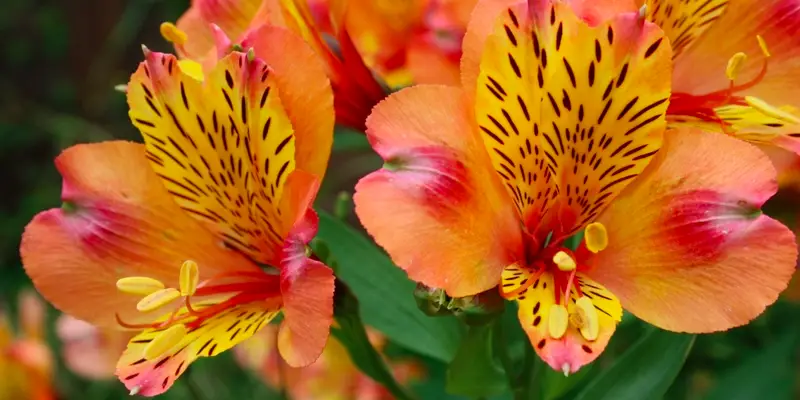
0 Comments